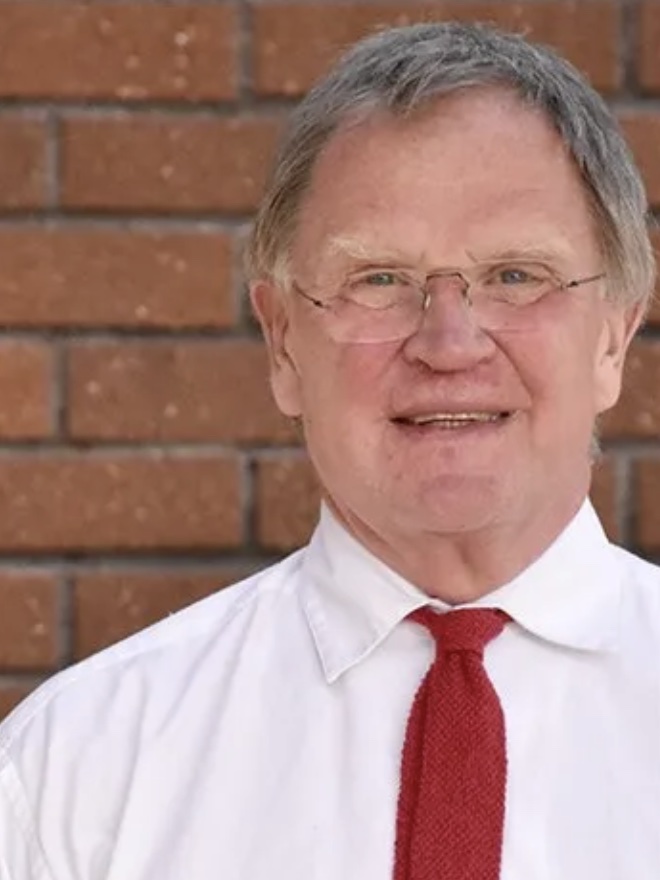Datum
- 2021 jun 04
- Expired!
Tid
- 13:00
Platser
Presenter

Olof Ferritius
Webbplats
https://www.miun.se/en/meet-mid-sweden-university/kalendarium/2021-6/defence-of-a-doctoral-thesis-in-chemical-engineering/Mer info
Defence of doctoral thesis: Olof Ferritsius – Beyond averages – some aspects of how to describe a heterogeneous material, mechanical pulp, on particle level
MiUN
Supervisor: Associate Professor Birgitta Engberg, Mid Sweden University
The defense will be held online via Zoom. Register at miun.se
Abstract
For a more profound understanding of how a process works, it is essential to have a relevant description of the material being processed. With this description, it will be easier to evaluate and control processes to produce more uniform products with the right properties. The focus of this thesis is on how to describe mechanical pulps in ways that reflect its character.
Mechanical pulps are made from wood, a highly heterogeneous material consisting of different types of particles. Common practice within the pulping industry and academy is to describe mechanical pulps and its particles in terms of averages. The energy efficiency of the mechanical pulping process is usually calculated without taking into account the characteristics of the wood fed to the process. The main objective of the thesis is to explore ways to make more detailed descriptions of mechanical pulps. A second objective is to propose useful ways to visualise these descriptions.
The studies were carried out in full-scale mill operations for TMP of publication grades and CTMP for board grades with Norwegian spruce as raw material. The particles in the pulps were analysed in an optical particle analyser for several properties such as length, curl, wall thickness, diameter, and external fibrillation for 10,000 to 60,000 particles per sample to cover their wide property variation. The data was analysed by factor analysis, a method to reduce the multidimensional data space, and also compared with data simulations.
Several examples were identified where averages based on wide and skewed distributions may hide useful information and therefore result in misleading conclusions regarding the fibrous material and process performance. A method was developed to calculate the distribution of a common bonding factor, BIND (bonding indicator) for individual particles. This factor is calculated from external fibrillation, wall thickness and diameter measured in an optical particle analyser. Distributions of BIND is one way to characterize and visualise the heterogeneity of mechanical pulp. A characteristic BIND-distribution is set in the primary refiner stage, depending on both wood and process conditions and remains mostly intact through the process.
It was demonstrated that both BIND-distributions and 4D maps of the measured property distributions could be used to assess the tails of the distributions (extreme values), energy efficiency, and fractionation efficiency in a new way. It was even possible to get a measure for energy efficiency for a primary stage refiner, since a method was developed where the wood raw material was evaluated in the same way as the pulp discharged from the refiner.
It was demonstrated that the average length-length-weighted fibre length, commonly referred to as the average weight-weighted fibre length, is a relevant way to express the amount of long fibres, i.e. “length factor”. The commonly used average length-weighted fibre length may lead to erroneous conclusions. Through data simulations of curl and fibre length on particle level it was found that today’s analysers may underestimate the true length of the particles, especially if they are prone to be curled. As a result, the ranking of pulps may be altered.
It was concluded that although there is an ISO standard, or long-time used property, it does not necessarily imply that it is a relevant method. Misleading conclusions may be drawn based on current methods; here, modifications of these methods are suggested.
The main contribution of this study is the finding that that a highly heterogeneous material such as mechanical pulps could be described in new ways through visualisation of data in 4D maps. These maps reveal casual connections and more pertinent questions may be raised in the communication along the chain product-pulp-wood.
Going beyond averages may reveal discrepancies in the process and material that were previously unknown, and lead to a more profound understanding. It seems that the mechanical pulping process can be even further simplified than previously expected. It has been concluded that to operate the process more efficiently, and for make products with just the right quality, the main focus should be on the raw material and the primary refiner stage from a heterogeneity point of view.

